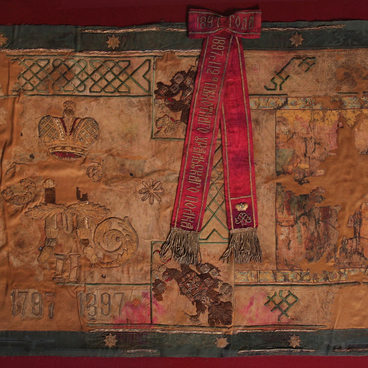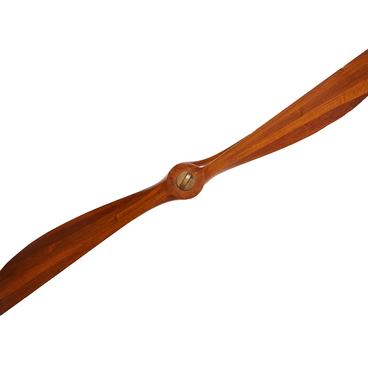One of the distinguishing elements of cold-weather uniforms for Caucasian Cossack and national units was a burka. It was also used in the units of His Imperial Majesty’s Own Escort.
The word probably originated from the Russian “bury”, meaning brown. The burka was a bell-shaped coat made of sheep wool or felt with fleece and was worn over clothes as a cape fastened around the neck with a cord or a chain. The upper corners of the burka where the cord was attached often had arbitrary metal ornaments in the form of a rosette with a Caucasian pattern. The prototype of the burka was the simplest cape made of felt and coarse cloth. The burka was a very practical garment in the mountains: it helped to mask weapons and protected them from getting wet.
However, during World War I, its practicality was
called into question. Supreme Commander-in-Chief, Grand Duke Nicholas
Nikolaevich, received a report:


